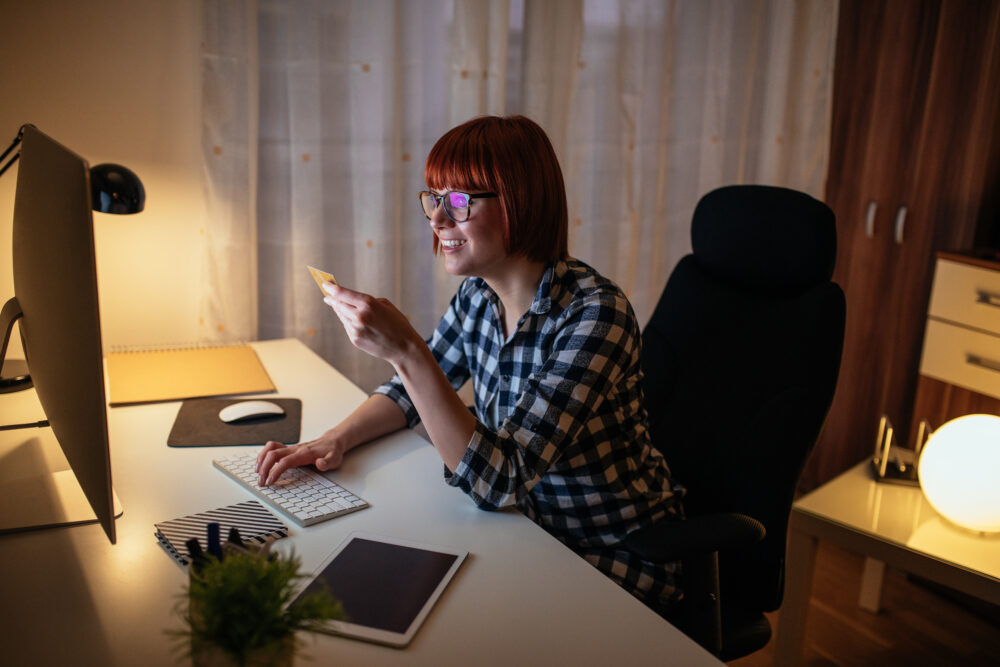The current spike in e-commerce penetration is no surprise. At the beginning of the pandemic, online or in-app shopping increased by over 40% in the UK, while trips to stores decreased over 50%. However, looking behind the big numbers into the detail of people’s behaviour gives retailers more insight into the long-term impact of the short-term e-commerce spike.
To help brands identify new trends around online shopping, innovation insight agency buzzback interviewed consumers in three waves from the onset of the pandemic, to create a ranking of the categories online shoppers will abandon in a return to normality. The fact is for some categories such as clothing and accessories, being forced online has created an increased desire to go back to the high street and many consumers say they will return to the experience of bricks and mortar shopping when they can.

| Rank | Category | Future decrease in online shopping |
| 1 | Apparel | -49% |
| 2 | Accessories | -47% |
| 3 | Electronics | -36% |
| 4 | Household appliances | -42% |
| 5 | Pet products | -22% |
The research found that although some categories tend to be purchased exclusively online (accessories, apparel, household appliances) while others are still purchased predominantly in-store (food and beverage, household products), the patterns are changing. Specifically, some categories are more experiential than others, so they are more likely to spring back. Whether it’s a cheaper purchase like accessories, or a more expensive one such as electronics, the need to touch and feel is predominant.
Key highlights:
After the pandemic most consumers say they will continue to mix their purchase approach, combining online platforms with shopping in stores. This mix is a change from before the pandemic.
- Currently 65% of UK consumers buy clothes online only. However, given the choice, just 19% would buy their clothes online only, while 47% of people would purchase both in-store and online.
- For food & beverage, currently 55% use bricks and mortar; 28% are buying both online and in-store. However, in the future 36% of consumers are planning to mix online and in-store for this category.
- In personal care, 50% of consumers shop solely in-store and 28% just online. This will shift to 15% shopping online only, and just 38% in store only. So, 42% will in future combine both the internet and bricks and mortar stores.
There are some key drivers and barriers influencing people’s choices for where to buy in a pandemic. Online shopping is convenient, safe and less stressful, but it’s also unpredictable and the selection can be overwhelming. One respondent said: “Being at home and shopping for clothes is really difficult. You don’t know what the material feels like, what the true color looks like, whether the items will fit. It’s isolating and traps you.”
Store shopping is a holistic brand experience, offering consumers the possibility to touch and try goods as well as receive direct customer service if needed. But consumers also find it stressful and worrying for risk of exposure to the virus. A respondent commented: “Shopping in store is frustrating because it’s hard to find what you want as there are limited ranges and then often your size isn’t there.” As the pandemic continues, intense emotions around safety and fear of lack of social distancing put pressure on consumers to continue to go online regardless of category.
Carol Fitzgerald, CEO and Founder at buzzback, comments, “People want the best of both worlds and their behaviour is driven both by necessity and emotion. Consumers will evaluate ways of shopping, and will mix in-store with online, with variation by category. Most big brands and retailers have rapidly adopted new e-commerce strategies but they must continue to adapt to changing needs, and predict the next ones, sector to sector. The right insights give businesses the tools to remain competitive in a constantly evolving market”.
















